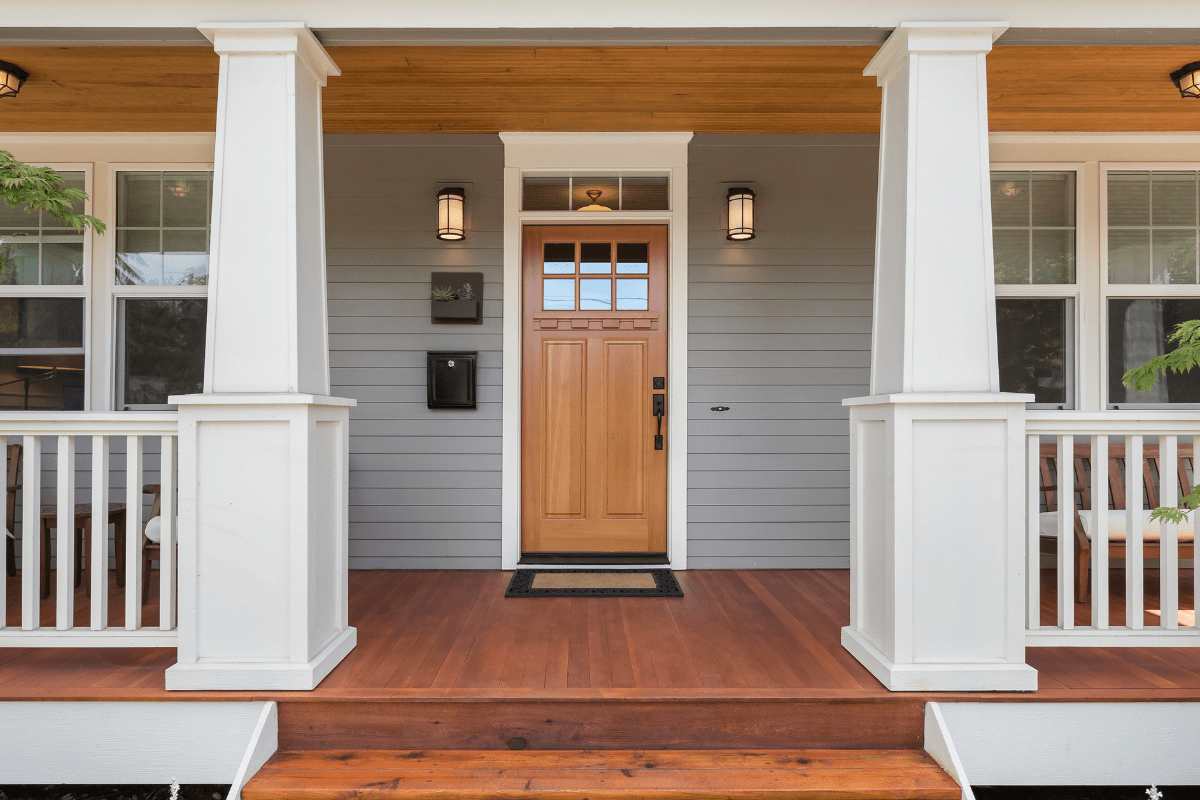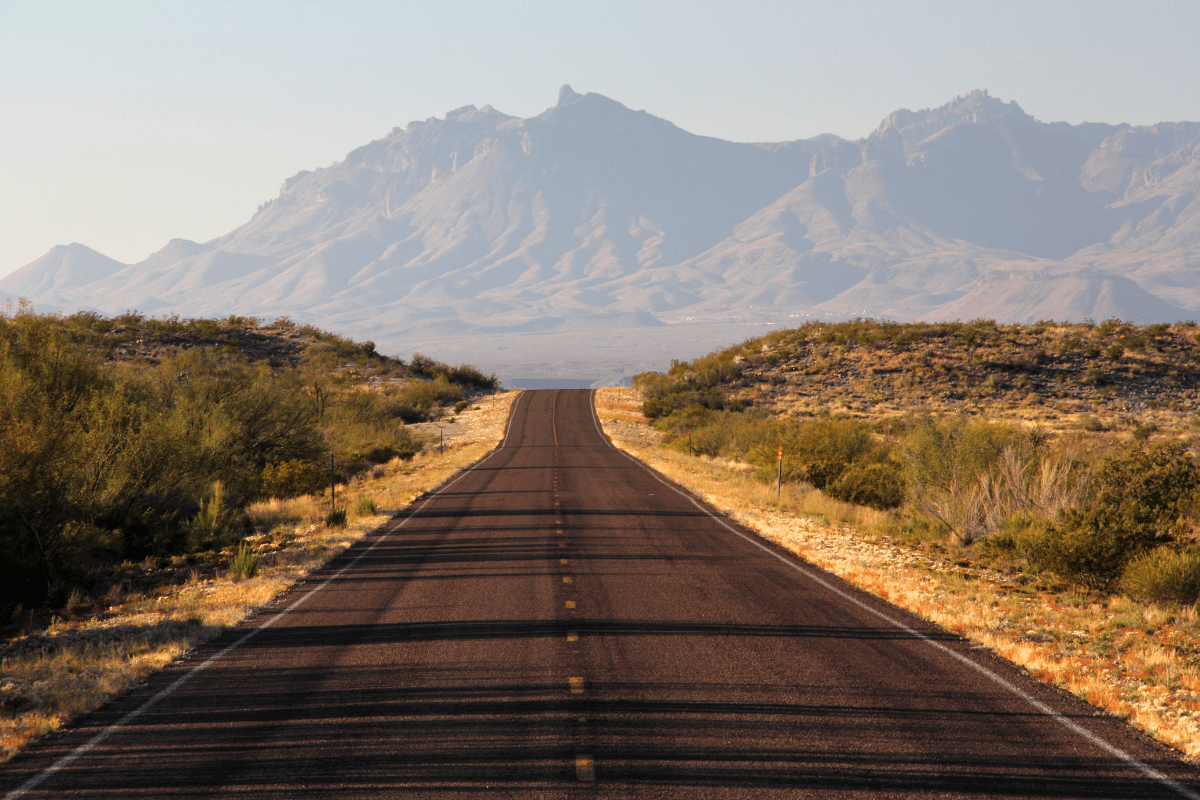Arizona's colleges and universities are having a moment, and honestly, it's about time someone noticed. While everyone's fighting over spots at the usual suspects on the coasts, Arizona has quietly built one of the most diverse and surprisingly affordable higher education systems in the country. From world-class research universities to community colleges that actually get you jobs, the Grand Canyon State offers way more than just good weather and reasonable rent.
The money talk: What college in Arizona actually costs
Let's start with everyone's favorite topic… how much this is all going to cost you. The good news? Arizona's public universities average $12,737 for in-state tuition, which is actually lower than what you'd pay in most states. The even better news? That number has been dropping. Yes, you read that right. While the rest of the country watches tuition climb faster than a freshman's credit card debt, Arizona's public university tuition has decreased 15% over the past five years.
But wait, there's more (and I promise this isn't a late-night infomercial). The state just launched the Arizona Promise Program, which covers full tuition for Pell-eligible students who maintain a 2.5 GPA. That's right, a C+ average gets you free college. Your high school guidance counselor's head just exploded.
Breaking down the actual numbers
Here's what you're looking at for annual tuition:
- ASU: $12,223 in-state, $32,760 out-of-state
- University of Arizona: $13,915 in-state, $42,267 out-of-state
- NAU: $12,585 in-state, $29,880 out-of-state
- Community colleges: $85-97 per credit hour
Now, before you start calculating how many organs you'll need to sell, remember that most students don't pay sticker price. At ASU, 55% of freshmen receive need-based aid averaging $14,258. NAU goes even further, giving scholarships to 90% of freshmen with an average of $9,222.
The return on investment? Arizona ranks #7 nationally for college degree ROI. Graduates break even on their investment in 3.1 to 4.1 years, depending on which school they attend. That's faster than most people pay off their car loans.
The big three: Arizona's public universities
Arizona's public university system serves over 152,000 undergraduate students across three very different campuses. Each has its own personality, kind of like siblings who all turned out successful but in completely different ways.
Arizona State University: The overachiever
ASU is that kid who does everything and somehow excels at all of it. With 145,655 total students, it's massive. But here's the kicker… they've been ranked the #1 most innovative university in the country for 10 straight years, beating out MIT and Stanford. Not bad for a school with a 90% acceptance rate.
The stats that matter:
- Average GPA: 3.54
- SAT range: 1120-1370
- 89% job placement within 90 days
- 55% four-year graduation rate
- 70% six-year graduation rate
ASU has partnerships with Microsoft, Intel, and Google, which explains why their grads land jobs so quickly. They've also mastered online education, with 50,000+ students enrolled in ASU Online programs. It's like they looked at traditional higher education and said, "That's cute, but what if we did… everything?"
University of Arizona: The research powerhouse
Down in Tucson, UA is playing a different game entirely. They're projecting $1 billion in research expenditures for 2024, which puts them in an elite club of about 20 universities nationwide. With 77,353 total students and an 86% acceptance rate, they're surprisingly accessible for a major research institution.
UA became Arizona's first Hispanic-Serving Institution among state universities, securing $31 million in HSI-related funding. They're home to the #2 astronomy program in the nation (more on that later) and the #3 management information systems program.
The admissions profile shows they're slightly more selective than ASU, with average weighted GPAs of 3.97 for Arizona residents. But don't let that scare you off… their 64% six-year graduation rate and 84% freshman retention suggest they do a pretty good job supporting the students they admit.
Northern Arizona University: The mountain escape
NAU is where you go when you want a "real" college experience but can't handle another day of 115-degree heat. Located in Flagstaff at 7,000 feet elevation, it's home to 28,000+ students who get to enjoy actual seasons. And by seasons, I mean snow. Lots of snow.
With a 91% acceptance rate, NAU is the most accessible of the three. They specialize in:
- Forestry and environmental sciences
- Native American education programs
- Hotel and restaurant management
- Education and nursing
Their 46% four-year graduation rate is lower than the other two, but they make up for it by giving 90% of freshmen some form of scholarship. Plus, you can ski between classes, which has to count for something.
Community colleges: The smart start nobody talks about
Here's a secret that will save you approximately $40,000: Arizona's community college system is absolutely massive and shockingly good. We're talking 250,000 students annually across the state, with tuition as low as $85 per credit hour.
The Maricopa Community Colleges alone enroll 100,000+ students across 10 institutions. They offer 600+ programs and have even started offering bachelor's degrees in 11 critical fields. That's right, you can get a four-year degree at community college prices.
The transfer game is strong
Arizona has figured out the transfer process better than most states. The AZTransfer system lets you transfer up to 64 credits directly to state universities. Programs like MyPath2ASU guarantee admission and lock in your tuition rate while you're still at community college.
The numbers tell the story:
- 40,000 first-generation students at Maricopa alone
- Pima CC serves 31,792 students
- Dual enrollment serves 6,027 high schoolers
- 95% pass rate for dual enrollment
- Transfer students are twice as likely to pursue bachelor's degrees
Sure, the 20% completion rate looks bad on paper, but that's because most students transfer before graduating. They're not dropping out; they're moving up.
Private colleges: From massive to microscopic
Arizona's private colleges range from enormous to intimate, with some surprising bargains hidden in the mix.
Grand Canyon University: The tuition freezer
GCU has done something almost unheard of in higher education: they've frozen tuition at $16,500 since 2009. That's 17 consecutive years without a tuition increase. After institutional scholarships averaging $7,300, most students pay around $9,100 in net tuition. That's less than many public schools.
With 75,000 campus and online students and a 78% acceptance rate, GCU has become a major player. Their 91% employment rate within six months suggests they're doing something right, especially in nursing, business, and education programs.
Embry-Riddle: Where dreams take flight (for a price)
If you've ever wanted to be a pilot, aerospace engineer, or basically anything involving aircraft, Embry-Riddle's Prescott campus is your spot. With 3,250 students and a 68% acceptance rate, it's selective but not impossible.
The catch? Tuition runs $44,160 per year, and flight training adds another $60,000-80,000. But here's why people pay it: Embry-Riddle has the highest ROI in Arizona at $1,328,000 over 40 years. Graduates earn a median of $65,391 six years after graduation, and the school boasts a 70% six-year graduation rate, the best among Arizona's private colleges.
The quirky alternatives
For those seeking something different:
- Prescott College: $33,960 tuition, 98% acceptance, experiential learning
- Arizona Christian University: $32,898, faith-based, 1,233 students
- University of Advancing Technology: $26,400, graduate in 2.67 years
These schools prove there's more to Arizona than massive universities and desert landscapes.
The hidden gems: Specialized programs you won't find elsewhere
Arizona's unique geography and culture have spawned some truly distinctive educational opportunities.
Tribal colleges preserving culture
Arizona hosts several tribal colleges that you won't find anywhere else. Diné College, America's first tribally controlled college, serves 27,000 square miles across three states. Tohono O'odham Community College saw enrollment surge from 700 to 1,580 during the pandemic.
These institutions offer:
- 96% Native American enrollment
- Tuition waivers for tribal members
- 90%+ job placement rates
- Culturally relevant career pathways
- Language preservation programs
Astronomy central
Thanks to dark skies and minimal light pollution, Arizona has become astronomy education central. UA's Steward Observatory operates as the world's largest astronomy department with 310+ undergraduates. Students get hands-on experience at Kitt Peak, Lowell Observatory, and are involved with the Giant Magellan Telescope project.
Flagstaff is one of only 22 Dark Sky Cities worldwide, making NAU another great option for aspiring astronomers. It's like the universe said, "You know what would be cool? If we put all the good telescopes in one state."
Medical and law schools
Arizona hosts four medical schools, including Mayo Clinic Alix School of Medicine with its 2.1% acceptance rate. That makes it harder to get into than Harvard. ASU launched the nation's first fully online JD program, perfect for aspiring lawyers stuck in rural areas.
The job market loves Arizona grads
Here's where things get really interesting. Arizona is experiencing a tech boom that makes Silicon Valley's housing prices look almost reasonable. The state has attracted $102 billion in investment for semiconductor manufacturing, creating 15,700+ direct jobs.
TSMC alone is investing $165 billion in Arizona. ASU received $47.5 million for advanced fabrication laboratories. Intel, Boeing, and other tech giants have created direct employment pipelines with local schools.
Employment outcomes by school:
- ASU: 89% employed within 90 days
- GCU: 91% within six months
- Starting salaries: $37,000 to $42,000
- Break-even on investment: 3-4 years
Community colleges aren't left out. Maricopa's healthcare programs produce nearly one-third of Arizona's nurses. The new $4.5 million Arizona Community College Workforce Scholarship Program supports 9,000-10,000 students in high-demand fields.
Getting in: Easier than you think
All three public universities have gone test-optional, which is great news if you're allergic to standardized tests. Here's what they're actually looking for:
- ASU: 3.54 average GPA
- UA: 3.97 weighted GPA for residents
- NAU: 3.6 GPA average
With acceptance rates between 86% and 91%, Arizona's public universities are refreshingly accessible. They've figured out that maybe, just maybe, your worth as a student isn't determined by a single test score taken on a Saturday morning.
The reality check
Let's be honest about the challenges. Only 30% of Arizona high school graduates complete college within six years. The state cut $96.9 million from university budgets for 2025. Rural areas still face "college deserts" with limited physical access to higher education.
But here's the thing: Arizona is actively working on these problems. Enrollment hit historic highs in 2023. UA saw a 56.6% single-year increase. Community colleges are experiencing seven consecutive semesters of growth.
The future looks surprisingly bright, with Hispanic population growth creating more HSI opportunities, deepening industry partnerships, and innovative online programs reaching underserved populations.
Making your choice
Arizona's higher education landscape offers something for everyone. Whether you're looking for a massive research university, a small liberal arts experience, or a community college that actually prepares you for a job, it's all here. And unlike many states, you won't need to mortgage your future to pay for it.
The key is figuring out what matters most to you. Love the idea of graduating debt-free? Community college to university transfer might be your path. Dream of working in aerospace? Embry-Riddle's hefty price tag could be worth it. Want the traditional college experience with a side of innovation? ASU, UA, or NAU have you covered.
Whatever you choose, remember this: Arizona's universities are having their moment for a reason. They've figured out how to deliver quality education at reasonable prices while actually preparing students for real jobs. In today's higher education landscape, that's practically revolutionary.





